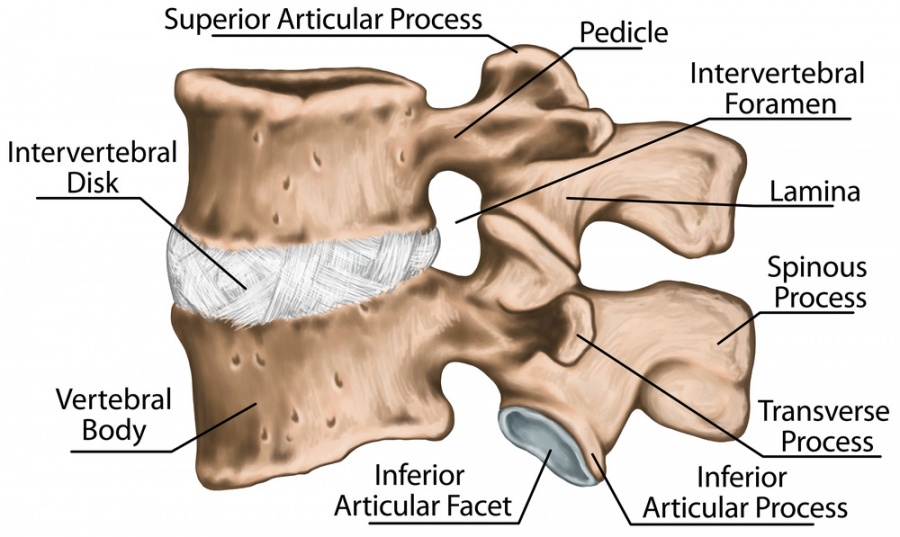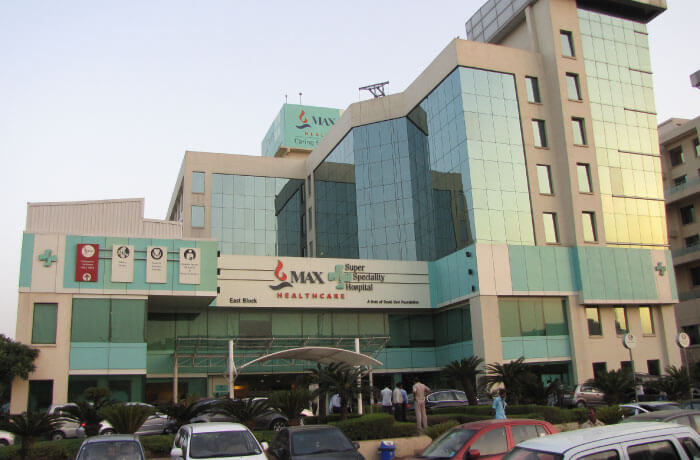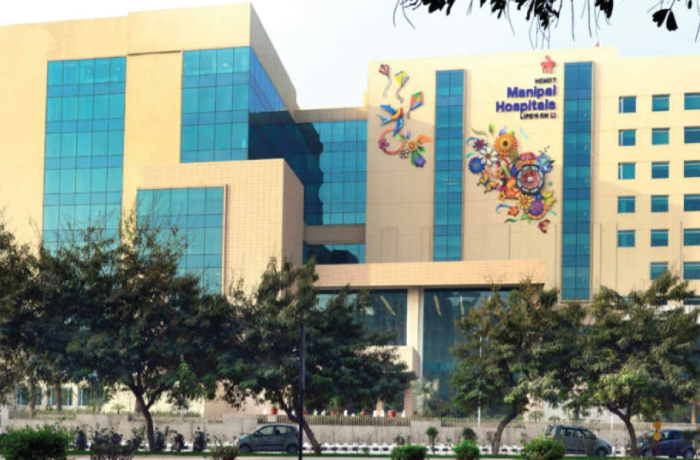Spine
Lumbar Spinal Decompression Treatment
Open Decompression
Spinal decompression surgery is a general term that refers to various procedures intended to relieve symptoms caused by pressure or compression on the spinal cord and/or nerve roots, Spinal stenosis is where the space in the center of your spine (spinal canal) narrows.
What is Lumbar decompression surgery?
Lumbar decompression surgery is a type of surgery that is used to treat compressed nerves in the lower spine. Spinal decompression surgery refers to various procedures intended to
relieve symptoms caused by pressure, or compression, on the spinal cord and/or nerve roots. Bulging or collapsed disks, thickened joints, loosened ligaments, and bony growths can
narrow the spinal canal and the spinal nerve openings which cause irritation. It's Lumbar decompression surgery is usually only considered if non-surgical treatments for the lower
spine haven't worked and symptoms are affecting the patient day to day life.
Lumbar decompression surgery may also be considered if the person experiences serious side effects when taking medications that affect his/her ability to work.
Surgery will only be recommended when non-surgical treatments haven't produced a good result.
Symptoms of spinal nerve compression include:
• Numbness around or under the genitals, or around the anus
• Metastatic spinal cord compression: Cancer in a part of the body, such as the lungs, sometimes spreads into the spine and presses on the spinal cord. This is known as metastatic
spinal cord compression. Initial symptoms can include:
(i) back pain, which may be mild at first, but usually gets worse over time; the pain is constant and often worse at night
(ii) numbness in toes and fingers
(iii) urinating problem
• Sciatica on both the sides
• Spinal injury: Injury to the spine which includes dislocation, fracture or the swelling of tissue can put pressure on the spinal cord or nerves.
• Spinal tumors: Abnormal growths and tumors can form along the spine. They're usually benign, but growing tumors may compress one's spinal cord and nerve root and thus results in
pain.
• Cauda equina: Cauda equina syndrome requires emergency hospital admission and emergency surgery because the longer it goes untreated, the greater the chance it will lead to
permanent paralysis and incontinence.
• In severe cases, pressure on the spinal nerves can even cause paralysis and problems with bladder or bowel function.
Spinal decompression surgery is used to treat:
(i) Spinal stenosis: Narrowing of a section of the spinal column that causes compression (pressure) on the nerves inside.
(ii) Slipped or prolapsed disc and sciatica: A damaged spinal disc pressed down and puts pressure on an underlying nerve.
(iii) Spinal injuries: Such as the swelling of tissue or the fracture.
(iv) Metastatic spinal cord compression: When cancer in a part of your body, such as the lungs, spreads into the spine and puts pressure on the spinal cord or nerves.
(v) Ankylosing spondylitis: A type of arthritis that causes inflammation of the joints and ligaments along the spine and, over time the joints may fuse.
(vi) Spondylosis: Spinal degeneration such as osteoarthritis of the spine.
(vii) Cauda equina syndrome: Cauda equina syndrome is a rare and severe type of spinal stenosis where all of the nerves in the lower back suddenly become severely compressed.
Several types of decompression surgery:
• Laminectomy: It is the removal of the entire bony lamina, a portion of the enlarged facet joints, and the thickened ligaments overlying the spinal cord and nerves.
• Laminotomy: It is the removal of a small portion of the lamina and ligaments, commonly on one side. By the use of this method, the natural support of the lamina is left in place
thereby decreasing the chance of spinal instability.
• Foraminotomy: It is the removal of bone around the neural foramen, the canal where the nerve root exits the spine. This method is particularly used when disc degeneration has
caused the height of the foramen to collapse and pinch a nerve.
• Laminaplasty: It is the expansion of the spinal canal by cutting the laminae on one side and swinging them open like a door. It is used only in the neck area.
• Discectomy: It is the removal of a portion of a bulging or degenerative disc to relieve pressure on the nerves.
• In some cases, spinal fusion may be performing at the same time to help stabilize sections of the spine treated with laminectomy. Fusion uses a combination of bone graft, screws,
and plates to connect two separate vertebrae together into one new piece of bone. Fusing the joint prevents the spinal stenosis from recurring and can help to eliminate pain from an
unstable spine.
What are the Risks involoved in Lumbar Spinal Decompression Surgery?
Recurrent or continuing symptoms: Lumbar decompression surgery is an effective way in relieving symptoms such as leg pain and numbness. However, few people continue to have symptoms
after surgery or develop symptoms again within a few years of surgery.
Infection: One of the most common complications in any surgery where an incision is made can result in infection. It is usually treated successfully with antibiotics.
Blood clots: There's a risk of developing a blood clot after lumbar decompression surgery, especially in the leg. This is called a deep vein thrombosis (DVT).
Dural tear: There's a risk of a dual tear occurring during all types of spinal surgery, including lumbar decompression surgery. If the tear isn't identified and repaired at the time
of surgery, it can lead to cerebrospinal fluid leakage after the procedure.
Facial sores and loss of vision: During Lumbar Decompression surgery the person has to face his/her face down resting on his/her forehead and chin. The anesthetist will check
regularly to make sure this isn't any problems, but many people will wake up with a slightly puffed up face. In some cases, a red sore can be developed over the forehead or chin,
which could last for several days. Nerve injury and paralysis: Some patients who have undergone lumbar decompression surgery will develop new numbness or weakness in one or both
legs as a result of this operation.
Paralysis is an uncommon, but serious, complication can occur as a result of lumbar decompression surgery.
How soon will I Recover?
These back operations usually require a hospital stay of one to four days, depending on the complexity of the surgery and one's mobility before the operation.
The patient will be encouraged to walk unassisted within a day after his/her procedure.
Recovery usually takes up to four to six weeks. The patient must follow his/her surgeon's advice regarding more strenuous activities. Recovery after lumbar decompression surgery
will depend on his/her fitness and level of activity prior to surgery. This is the reason where a course of physiotherapy before the operation may be recommended to the patient. It
will take about 4 to 6 weeks for a person to reach his/her expected level of mobility and function.
TREATMENT-RELATED QUESTIONS
GetWellGo will provide you end-to-end guidance and assistance and that will include finding relevant and the best doctors for you in India.
A relationship manager from GetWellGo will be assigned to you who will prepare your case, share with multiple doctors and hospitals and get back to you with a treatment plan, cost of treatment and other useful information. The relationship manager will take care of all details related to your visit and successful return & recovery.
Yes, if you wish GetWellGo can assist you in getting your appointments fixed with multiple doctors and hospitals, which will assist you in getting the second opinion and will help you in cost comparison as well.
Yes, our professional medical team will help you in getting the estimated cost for the treatment. The cost as you may be aware depends on the medical condition, the choice of treatment, the type of room opted for etc. All your medical history and essential treatment details would be analyzed by the team of experts in the hospitals. They will also provide you with the various types of rooms/accommodation packages available and you have to make the selection. Charges are likely to vary by the type of room you take.
You have to check with your health insurance provider for the details.
The price that you get from GetWellGo is directly from the hospital, it is also discounted and lowest possible in most cases. We help you in getting the best price possible.
No, we don't charge patients for any service or convenience fee. All healthcare services GetWellGo provide are free of cost.
Top Doctors for Spine
Top Hospitals for Spine
Contact Us Now!
Fill the form below to get in touch with our experts.



